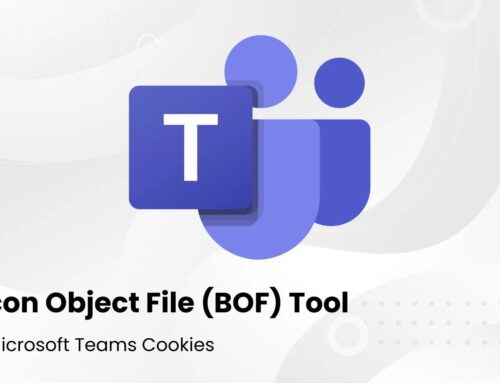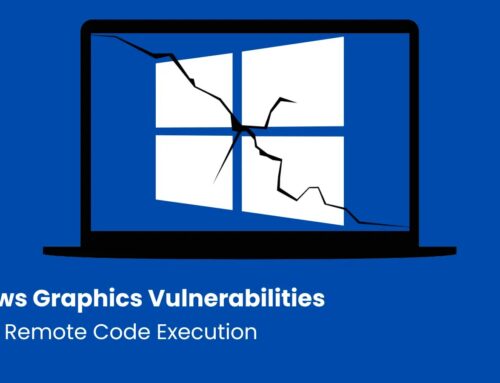
Hackers Leverage SendGrid in Recent Attack to Harvest Login Credentials
The Deceptive Cloak: How Hackers Exploit SendGrid for Credential Harvesting
The digital landscape is constantly under siege from evolving cyber threats. A recent, sophisticated credential harvesting campaign has demonstrated the cunning ingenuity of malicious actors, who are now leveraging trusted cloud-based services like SendGrid to bypass conventional email security measures. This alarming trend underscores the critical need for organizations to re-evaluate their defense strategies and empower users with advanced threat recognition skills.
This article dissects the mechanics of this novel attack, explores its potential impact, and provides actionable remediation steps for shoring up your defenses against such insidious phishing attempts.
Understanding the SendGrid Exploitation
SendGrid is a prominent cloud-based email service provider, trusted by countless businesses for sending legitimate transactional and marketing emails. Its high deliverability rates and established reputation are precisely what make it an attractive vector for attackers seeking to circumvent traditional email security gateways. By sending phishing emails through SendGrid’s infrastructure, threat actors capitalize on the inherent trust in the platform, making their malicious communications appear authentic and legitimate.
The recent credential harvesting campaign exemplifies this strategy. Instead of originating from suspicious domains often flagged by security systems, these phishing emails emanate from SendGrid, appearing as bona fide communications. This significantly increases the likelihood of users interacting with the malicious content, ultimately leading to compromised login credentials.
The Multi-Faceted Attack Themes
While the specific themes used in this particular campaign are not fully detailed in the provided source, credential harvesting campaigns commonly employ social engineering tactics centered around:
- Urgency and Scarcity: Phishing emails often create a false sense of urgency, pressuring recipients to act quickly (e.g., “Your account will be suspended!”).
- Security Alerts: Impersonating security teams or IT departments to inform users of “unusual activity” on their accounts, requiring immediate login to verify.
- Account Verification/Updates: Requesting users to “verify” or “update” their account information through a malicious link.
- Invoice/Payment Issues: Posing as legitimate vendors or financial institutions to trick recipients into clicking bogus payment links.
The success of these campaigns hinges on their ability to craft convincing narratives that trick users into divulging sensitive information.
Why SendGrid Bypasses Traditional Security
The effectiveness of this attack lies in its ability to bypass several layers of traditional email security:
- Domain Reputation: SendGrid’s domains have excellent reputation scores, making it difficult for email filters to flag messages originating from them as suspicious.
- SPF/DKIM/DMARC: Because the emails are sent *through* SendGrid’s legitimate infrastructure, they often pass SPF (Sender Policy Framework), DKIM (DomainKeys Identified Mail), and DMARC (Domain-based Message Authentication, Reporting, and Conformance) checks. This makes it challenging for automated systems to identify them as fraudulent based on authentication failures.
- Content Analysis Limitations: While content filters can detect known phishing patterns, sophisticated attackers continually evolve their templates to evade detection. When combined with the high-trust origin, subtle malicious content can slip through.
Remediation Actions and Best Practices
Defending against these sophisticated credential harvesting campaigns requires a multi-layered approach that combines technical controls with robust user education.
- Implement Multi-Factor Authentication (MFA): This is the single most effective defense against credential theft. Even if credentials are compromised, MFA prevents unauthorized access. No CVE is directly associated with MFA implementation, but its absence is a common vulnerability exploited.
- Enhanced Email Security Gateways (Cloud-Native): While traditional gateways struggle, advanced cloud-native email security solutions often leverage AI and machine learning for more sophisticated anomaly detection, including behavioral analysis and dynamic URL scanning, which can detect malicious links even from trusted senders.
- Security Awareness Training (SAT): Regularly educate users on phishing red flags. Emphasize verification of sender identity (even if it appears legitimate), scrutiny of hyperlinks (hover, don’t click), and reporting suspicious emails.
- DMARC Enforcement: Stricter DMARC policies (e.g., set to ‘reject’) can prevent unauthorized use of your domains, although this specific attack leverages SendGrid’s domain, not necessarily spoofing yours directly. This helps protect *your* brand from being used in similar ways.
- URL Rewriting/Sandboxing: Implement email security features that rewrite URLs and sandbox attachments, opening them in a secure environment before they reach the user’s desktop.
- Incident Response Plan: Have a clear, well-rehearsed incident response plan for credential compromise scenarios. Speed is critical in containing the damage.
Tools for Detection and Mitigation
While no single tool offers a silver bullet, a combination of technologies can significantly enhance your defensive posture:
| Tool Name | Purpose | Link |
|---|---|---|
| Proofpoint Email Protection | Advanced threat protection, URL defense, and attachment sandboxing. | https://www.proofpoint.com/us/products/email-protection |
| Microsoft Defender for Office 365 | Integrated email security, phishing protection, and safe links/attachments for M365 environments. | https://www.microsoft.com/en-us/security/business/threat-protection/microsoft-defender-for-office-365 |
| Mimecast Email Security | Comprehensive email security, including targeted threat protection, content M&D, and DMARC analyzer. | https://www.mimecast.com/products/email-security/ |
| KnowBe4 Security Awareness Training | Simulated phishing attacks and security awareness training to educate users. | https://www.knowbe4.com/ |
Key Takeaways for a Stronger Defense
The exploitation of trusted services like SendGrid for credential harvesting highlights a critical shift in phishing tactics. Attackers are becoming more sophisticated, blending into legitimate traffic to evade traditional security perimeters. Organizations must prioritize robust multi-factor authentication, invest in advanced cloud-native email security solutions capable of deeper behavioral analysis, and, most importantly, foster a culture of cybersecurity awareness among their employees. User vigilance remains an indispensable layer of defense against these increasingly convincing social engineering attacks.





